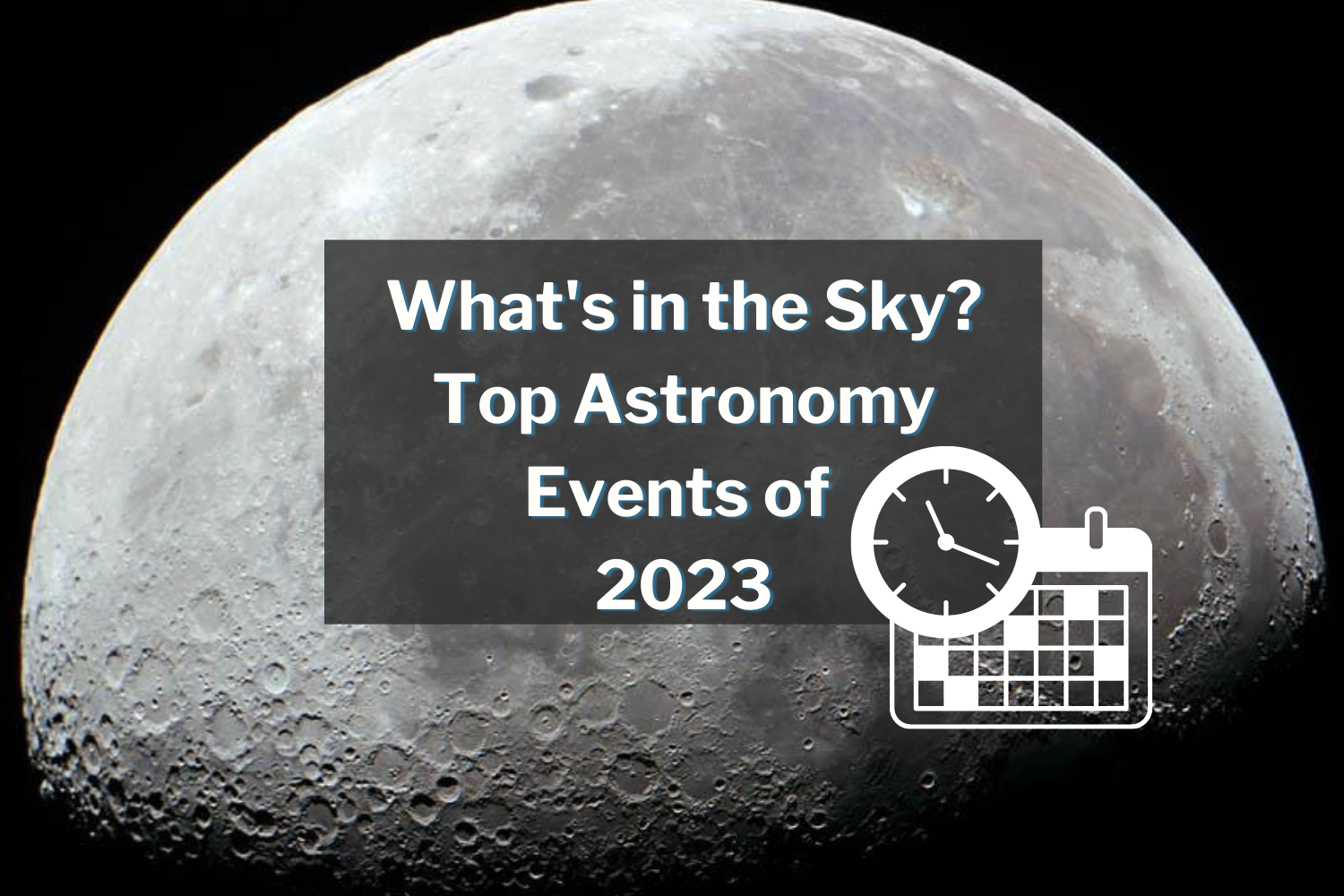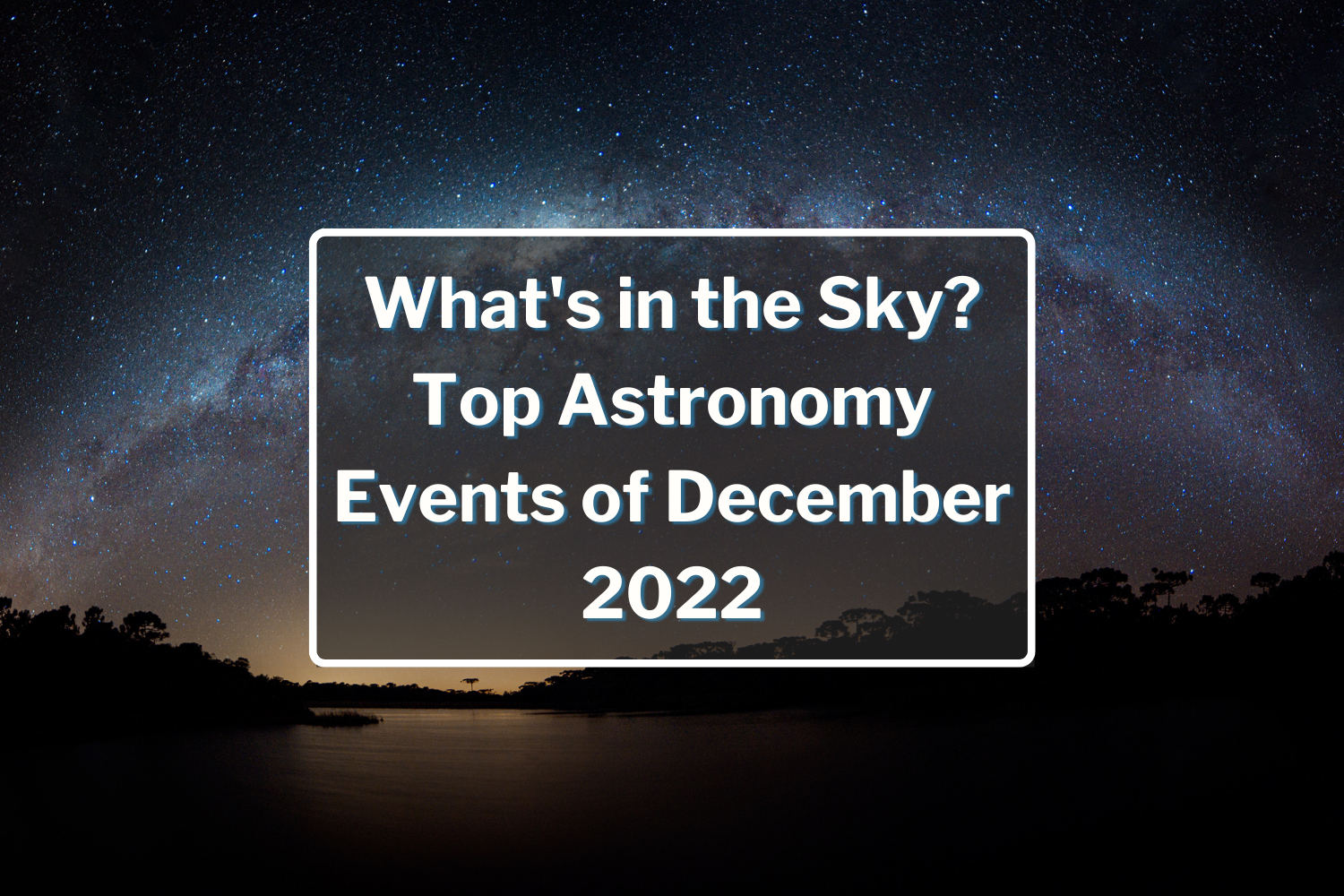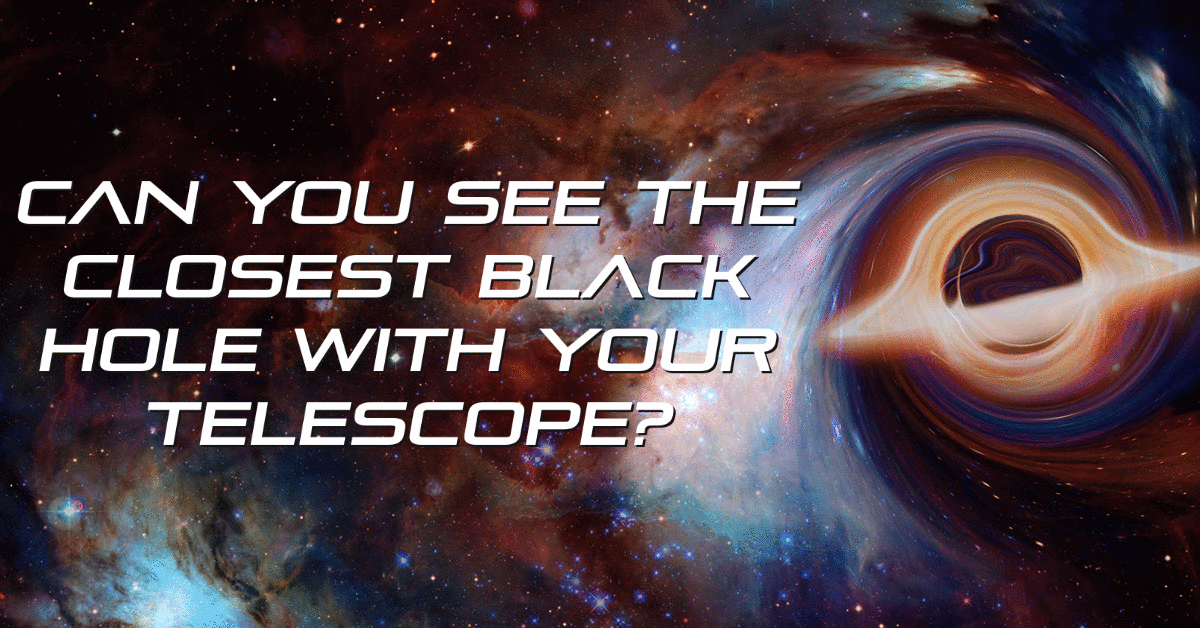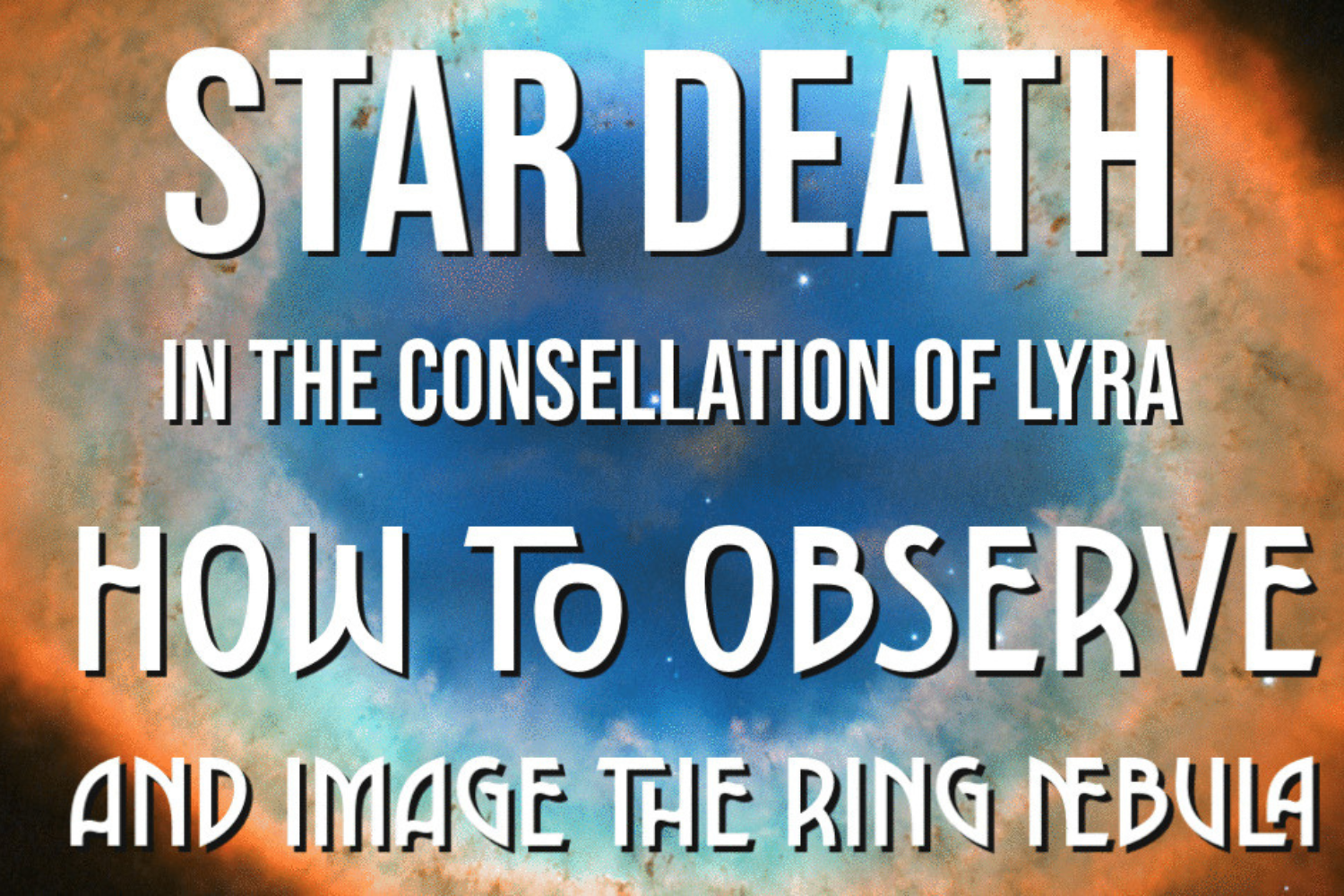What Amateur Astronomers Should Know about Starlink
Our Skies Aren’t Getting any Darker
Anyone who’s been in the hobby of amateur astronomy for any length of time knows that our dark skies aren’t so dark these days. It seems with each passing year, light pollution makes the sky background brighter and brighter; to the extent that some observers forsake their venerable eyepieces and turn to imaging. Seeing detail in planets, nebulae and galaxies while looking through an eyepiece under most suburban skies has become very difficult. These days, visual observing requires large diameter objectives and the best eyepieces one can afford.
Luckily, hardware advances in optics, mounts, detectors, cameras, focusers and drives have vastly simplified the process of taking very good images of the night sky. Similarly, software advances have made it much easier to process the raw data into amazing panoramic portraits. Never before has it been easier to get started in astrophotography and get good results. That’s a good thing, because access to many objects requires imaging if we are to experience them from our backyards at all. Our skies aren’t getting any darker, what was once discernable from an eyepiece is no longer, especially from beginner rigs.
The Effect of Satellite Constellations on Ground Based Telescopes
Lately however, another threat may be rising: the deployment of large numbers of satellites designed to provide worldwide internet coverage. These satellites are stationed in low Earth orbit (LEO) in order to reduce latency in communication to terminals on the ground. Thousands are already in orbit with tens of thousands more planned. What effect will they have on our observing?

Nobody is more concerned about this than professional astronomers with huge investments in the world’s largest telescopes. Almost immediately after deploying the first satellites, astronomers around the world have begun studying the problem and sounding the alarm. Among the first to release findings about the effects of these satellite constellations was released by theEuropean Southern Observatory (ESO) in March of 2020, which outlined the largest effects.
ESO operates the Very Large Telescope in Chile and will operate the upcoming Extremely Large Telescope when it is completed.
Later in August 2021, the American Astronomical Society (AAS),hosted several workshops and published reports on the issue.
A little later, in October 2021, theU.S. National Academy of Sciences held events designed to expand on the AAS study and look at ways to go forward.
The main point here is that the idea of launching thousands of satellites into low Earth orbit is very worrisome for people who want to use telescopes on the ground to look at the night sky.
What are the Effects on Our Observing?
It’s worth reading the studies linked to above for more detailed information and the areas of professional astronomical research that will be affected most, but let’s take a look at these results from an amateur’s perspective: what do these satellites mean to us, in our backyards and favorite dark sky locations?
The main obstruction posed by the satellites will be to wide-angle imaging (like Milky Way timelapses, lunar photography and anything else that looks at large swaths of sky). What’s more, because of the geometry of the Sun, satellites and our observing spot, our images will be more affected during the early evening and morning twilight hours.

To be seen by our instruments or eyepieces, the satellite would need to be BOTH above our local horizon AND illuminated by the Sun. This geometry is most pronounced within 90 minutes after the Sun sets and before it rises. Flashes would appear in our eyepiece or a trail would be imaged every time a satellite made an overhead pass through our field of view.
During this time, ESO estimates that up to 100 satellites could be visible during this time period, some with magnitudes visible to the naked eye (magnitude 5-6 or brighter). This number would increase as more satellites are launched.
The image below shows where these satellites would appear. Only a few (marked in red in the image) would be above 30 degrees of the horizon. The vast majority of them (green circles) would be low in the sky and would be faint.

Image Credit: ESO/Y. Beletsky/L. Calçada
What Does this Mean for Amateur Astronomers?
The studies from ESO and the AAS show that satellite constellations will affect our images and visual observing within up to 90 minutes of twilight. This is a time when the satellites are both above our local horizon and illuminated by the Sun, where light can be reflected down to us. As the night progresses, more and more satellites fall into the shadow of the Earth where they are invisible.
These satellites will have the most pronounced effect on those who are doing wide field time lapses that run into twilight. The wide field of view means you’ll have more sky under which satellites will appear, increasing your chances you’ll capture one. Since most night sky time lapses also feature the horizon (a foreground object like a mountain or tree), they are looking right in the affected area (below 30 degrees above the horizon).
It would be interesting to see a timelapse illustrating this effect. It should be easy to do, especially now that SpaceX has launched over 3,000 satellites as of September 2022.
This will also affect long exposure imaging that overlaps twilight hours. People taking narrow field of view, long exposures (such as a Messier object or other galaxy and nebula) are also at risk of capturing a satellite trail. It would be maddening indeed to run an all night exposure only to have it photo-bombed by a satellite trail just as twilight begins and you’re getting ready to wrap it up for the night.
The best advice to safeguard against the effects of these satellites is to do what the pros do and plan your observations accordingly. Now that we know WHEN these satellites are most likely to leave a trail in our images and WHERE they will be in the sky, we can point our telescopes elsewhere or end our imaging well before morning twilight.
Another tip would be to decrease exposure times under twilight hours and do more stacking. To the extent that you do get some images with satellite trails, you can simply discard them as you build the stack. There are techniques for removing them from your images, but those can leave artifacts and are not desirable if you’re doing any kind of photometry.
The Problem is Only Going to Get Worse
The studies done so far by the professionals apply to what’s been launched so far. As mentioned above, there are tens of thousands of satellites destined to be launched in the coming years. While the times and locations of when and where they will appear in our observing runs won’t change (the geometry causing the problem is the same), the number of satellites we see during twilight will increase significantly.
SpaceX and Starlink are working with astronomers and promising to create special anti-reflective coatings that won’t flash so much light back to the ground, but those efforts won’t solve the problem entirely.
If you are working on creating images using large swaths of sky, you would be wise to think about this issue. With planning and shorter exposures, you should be able to mitigate much of the effects of these things. Professional astronomers are mostly worried about their surveys: these are programs that plan to image the entire night sky several times a week. For them, removing the satellite trails from their data without losing photometric accuracy will be a huge problem. They expect to lose about 30 percent of their data to satellite noise. For most of us however, looking up from our small backyard observatories, the problem is much easier to deal with.
On the bright side, you can get a Starlink internet connection to your remote observing location and stream Netflix while your telescope is gathering photons.














